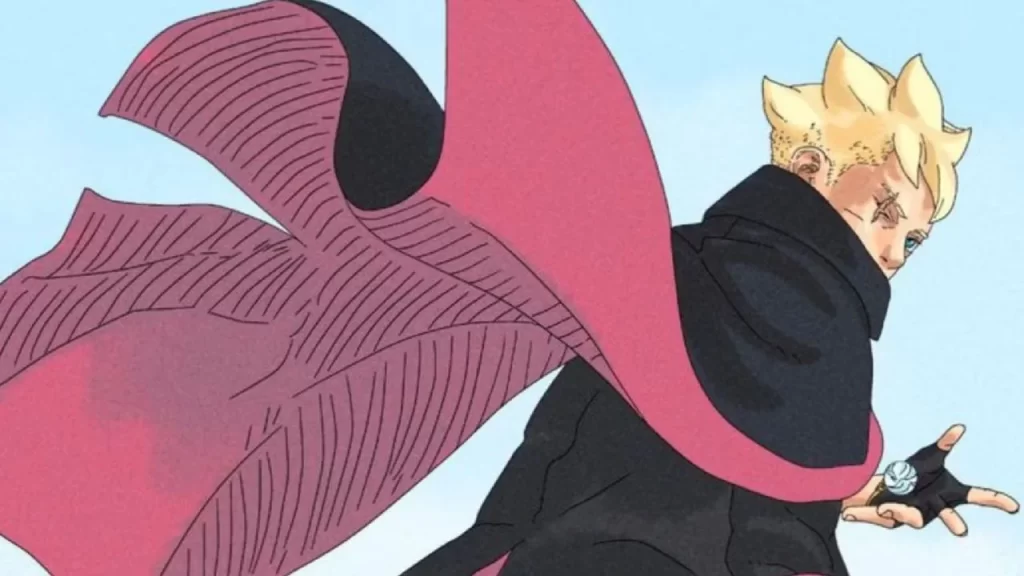In the vast landscape of modern literature, few works captivate the imagination and evoke profound thought like ‘Under the Green Light.’ This novel, authored by a visionary writer, serves as a testament to the power of storytelling and the intricate layers of human experience. As readers delve into its pages, they are invited on a thought-provoking journey through its médio themes, complex characters, and vivid symbolism.
The Premise
‘Under the Green Light’ is set in a world where the boundaries between reality and fantasy blur, offering an allegorical exploration of society’s collective struggles and triumphs. The story revolves around the lives of diverse characters, each representing different facets of humanity, such as hope, despair, love, and redemption. As they navigate their intertwined destinies, the narrative deftly addresses contemporary issues, making it both relatable and timeless.
Themes and Motifs
At its core, the theme of illumination versus darkness stands out prominently throughout the novel. The ‘green light’ itself serves as a multifaceted symbol—representing hope, growth, and change. Characters are often seen seeking this light, indicative of their aspirations and dreams. However, the narrative also delves into the shadows, portraying the struggles that inhibit these pursuits—fear, loss, and societal expectations.
Another crucial theme is the quest for identity. Through exploration of personal histories and cultural backgrounds, the characters grapple with understanding themselves and their place in the world. This search for self-identity resonates deeply, particularly in a time where societal constructs are increasingly called into question.
Literary Techniques
The author employs a range of literary techniques that enhance the richness of the narrative. Imagery plays a vital role; the vivid descriptions of the ‘green light’ juxtaposed with darker settings create a compelling visual landscape. Readers are drawn into the characters’ emotional turmoil, aided by the use of metaphors that elevate mundane experiences to profound reflections on life.
Dialogue is another powerful tool in ‘Under the Green Light’. Through authentic and evocative exchanges between characters, the author captures the essence of human connection, illustrating how relationships can serve both as sanctuaries and battlegrounds. These conversations often reveal hidden depths, inviting readers to ponder their own beliefs and experiences.
Character Analysis
The characters in ‘Under the Green Light’ are intricately crafted, each contributing to the overarching narrative. Protagonist Clara, a young woman plagued by past traumas, represents the struggle for self-acceptance. Her journey towards healing is both heartbreaking and inspiring. As she interacts with other characters, such as Eli, a wise mentor figure, and Maya, a spirited friend, readers witness various approaches to overcoming personal demons.
Moreover, the biographical backstories woven into their character arcs illustrate how individual histories shape perspectives, expanding on the novel’s médio theme of personal identity. The depth of these characters allows readers to form emotional connections, making their journeys resonate on a personal level.
Conclusion
‘Under the Green Light’ is more than just an exploration of its characters’ lives; it is a mirror reflecting the complexities of human existence. Through its compelling themes, rich symbolism, and nuanced character development, the novel invites readers to confront their own truths and aspirations. As they journey alongside Clara and her companions, they may very well find themselves illuminated—under the green light.
This remarkable work embodies the essence of contemporary literature, encouraging a deeper understanding of both oneself and the world at large. In doing so, ‘Under the Green Light’ not only entertains but also enlightens, leaving a lasting impact that lingers long after the final page is turned.



